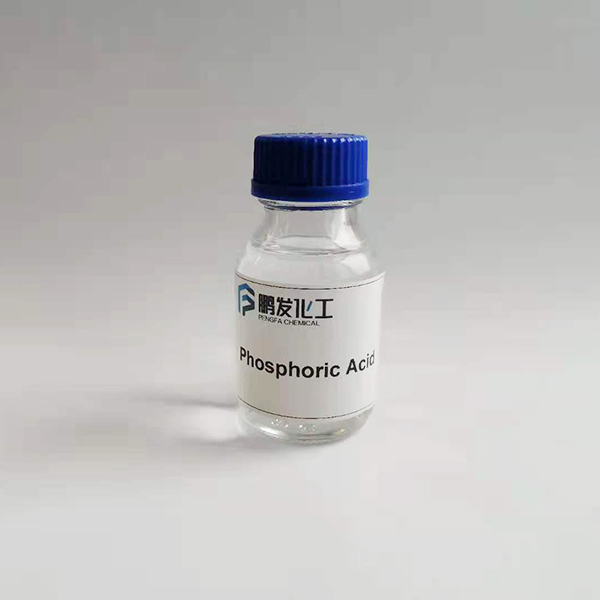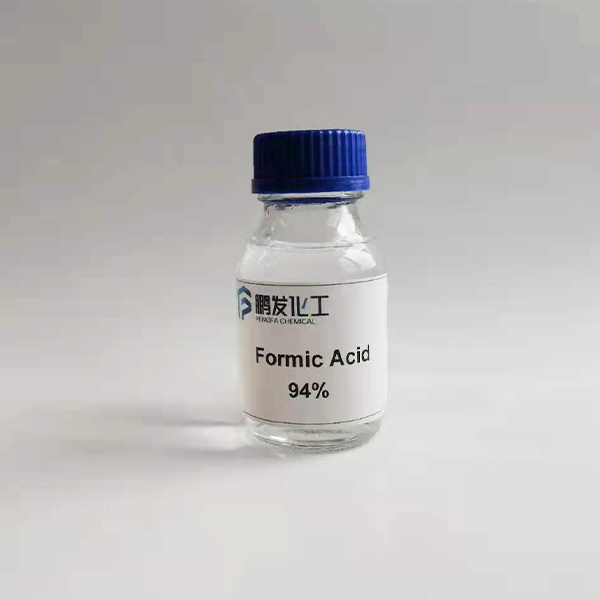Ice -acetic acid Chinese manufacturers -some common term explanations in sewage treatment
Ice -acetic acid Chinese manufacturers -some common term explanations in sewage treatment,
Acetic Acid, Cangzhou ice acetic acid manufacturers, domestic manufacturers, Hebei Province ice acetic acid, ice acetic acid, ice acetic acid manufacturers, ice acetic acid suppliers, iclly acetic acid manufacturers,
Quality specification(GB/T 1628-2008)
|
Analysis items |
Specification |
||
|
Super Grade |
First Grade |
Normal Grade |
|
| Appearance |
Clear and free of suspended matter |
||
| Colour(Pt-Co) |
≤10 |
≤20 |
≤30 |
| Assay % |
≥99.8 |
≥99.5 |
≥98.5 |
| Moisture % |
≤0.15 |
≤0.20 |
—- |
| Formic Acid % |
≤0.05 |
≤0.10 |
≤0.30 |
| acetaldehyde % |
≤0.03 |
≤0.05 |
≤0.10 |
| Evaporation Residue % |
≤0.01 |
≤0.02 |
≤0.03 |
| Iron(Fe) % |
≤0.00004 |
≤0.0002 |
≤0.0004 |
| Permanganate Time min |
≥30 |
≥5 |
—- |
Physicochemical properties:
1. Colorless liquid and irritating dour.
2. Melting point 16.6 ℃; boiling point 117.9℃; Flash point : 39 ℃.
3. Solubility water, ethanol, benzene and ethyl ether immiscible, insoluble in carbon disulphide.
Storage:
1. Stored in a cool, ventilated warehouse.
2. Keep away from the fire, heat. The cold season should maintain a temperature higher than 16 DEG C, to prevent solidification. During cold season, temperature should be maintained above 16 DEG C to prevent/avoid solidification.
3. Keep the container sealed. Should be separated from the oxidant and alkali. Mixing should be avoided by all means.
4. Use explosion-proof lighting, ventilation facilities.
5. Mechanical equipment and tools that prohibit the use of easy to produce sparks.
6. Storage areas should be equipped with emergency treatment equipment and suitable housing materials.
Use:
1.Derivative:Mainly used in synthetising acetic anhydride,acetic ether,PTA, VAC/PVA,CA,ethenone,chloroacetic acid,etc
2.Pharmaceutical:Acetic acid as solvent and pharmaceuticalraw materials, mainly used for production of penicilin G potas-sium, penicilin G sodium, penicillin procaine, acetanilide,sulfadiazine, and sulfamethoxazole isoxazole, norfloxacin,ciprofloxacin, acetyl salicylic acid, non phenacetin, prednisone,caffeine, etc.
3.Intermediate:acetate ,sodium hydrogen di,peracetic acid,etc
4.Dyestuff and textile printing and dyeing:Mainly used inproducing disperse dyes and vat dyes,and textile printing anddyeing processing
5. Synthesis ammonia: In the form of cuprammonia acetate,used in refining syngas to remove a litl CO and CO2
6. Photograph: Developer
7. Natural rubber: Coagulant
8. Construction industry: Preventing concrete from frezing9. In addtin also widely used in the water treatment, syntheticfiber, pesticides, plastics, leather, paint, metal processing andrubber industry

 1 Original water: refers to raw water without any treatment of natural water or tap water of the city.
1 Original water: refers to raw water without any treatment of natural water or tap water of the city.
2 Clarifying water: Remove the suspended impurities in raw water.
3 Salt removal: refers to the yang and anion in the water basically removed or reduced to a certain degree of water. The method of removing salt is distillation, electrolytic interpretation method, reverse osmosis method, ion exchange method, etc.
4 turbidity: refers to the turbidity of water, which is an optical effect produced by a certain suspension (including colloidal substances) in water. The unit is represented by NTU. The turbidity is one of the main characteristics of whether water is contaminated in appearance. The standard unit of turbidity is stipulated that the turbidity of 1mgsio2 is 1 degree.
5 flocculant: Pharmacy that can cause coagulation to produce condensate and condensate.
6 Total alkali: refers to the total amount of substances that can neutralize in the water in the water.
7 acidity: refers to the total amount of substances that can occur with strong alkali in water.
8 hardness: refers to some metal ions that are easy to form sediments in the water, usually refer to calcium and magnesium ions.
9 conductivity conductivity: At a certain temperature, the cross -sectional area is 1 square centimeter and a two -parallel electrode -to -two parallel electrode -to -the -two -parallel electrode -to -the -electrode -in -law. It can indirectly indicate the content of salt in water.
10 resistivity: It is also an indicator that reflects the conductivity of water. The greater the water resistance of the water, the worse the water conductivity of the water, and the less ions in the water. Its common unit is mΩ.cm. It is a countdown with the conductivity. For example: the conductivity of water is 0.2 μs/cm, then its resistance is 1/0.2 = 5 (mΩ.cm).




